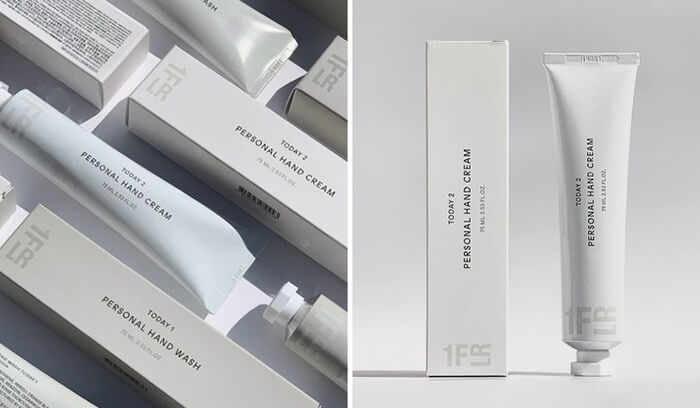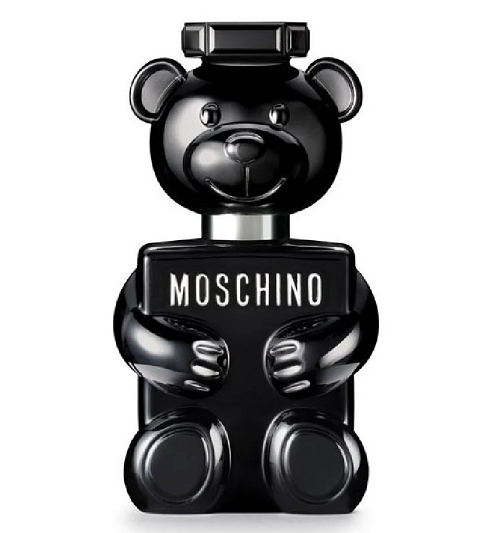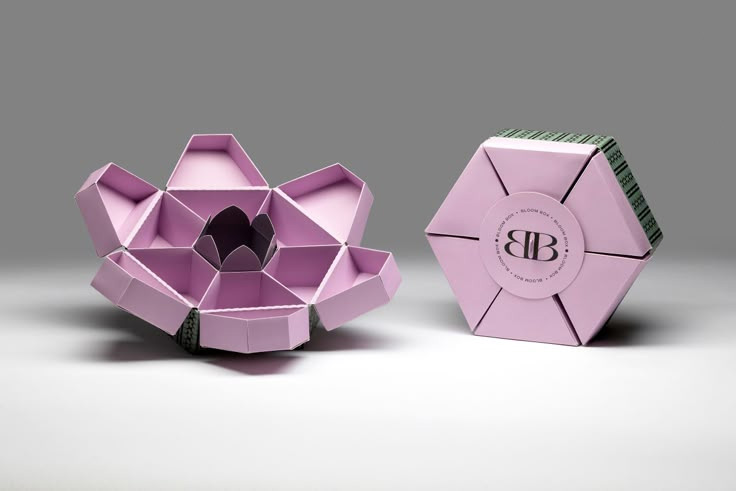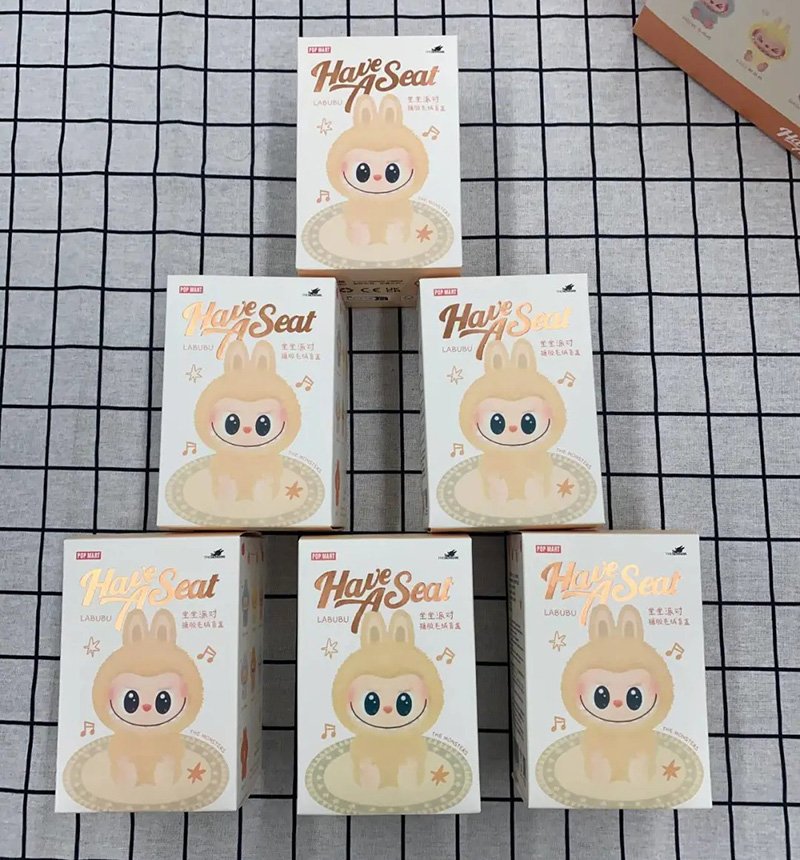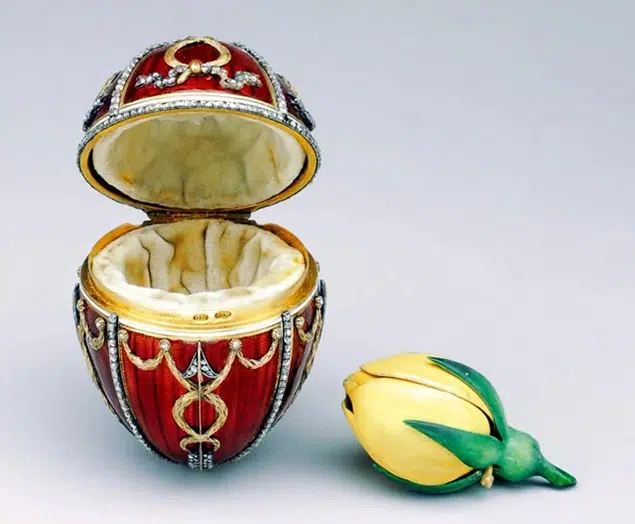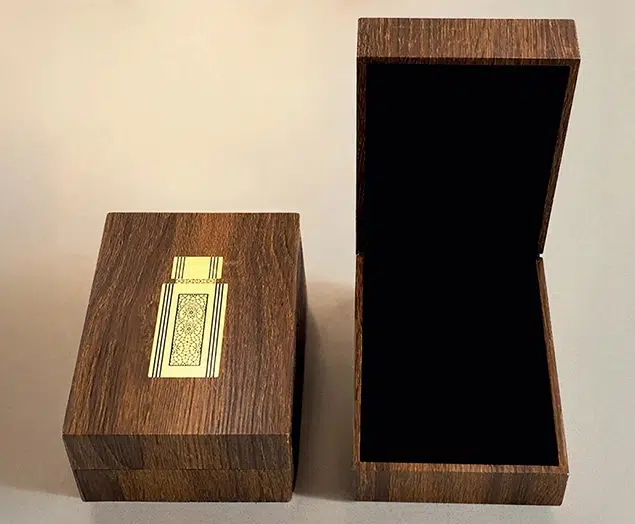Best Packaging Strategy: 17 Strategies For Successful Packaging
The packaging strategy is that the enterprise uses the same pattern, similar color, the same packaging material, and the same shape to package its products, to facilitate customers to identify their products. For customers loyal to the enterprise, similar packaging undoubtedly plays a role in promotion, and the enterprise can also save the cost of packaging design and production. However, similar packaging strategies can only be suitable for products with the same quality, and should not be used for products with large variety differences and wide quality levels. Now, we are going to show you the 17 best packaging strategies you should know.

Packaging strategy
Supporting packaging strategy
According to the consumption habits of consumers in various countries, several related products are packaged together and supplied in complete sets, which are convenient for consumers to buy, use, and carry. At the same time, it can also expand the sales of products. In supporting products, such as stepping up a new product, consumers can unconsciously get used to using new products, which is conducive to the listing and popularization of new products.
Reusable packaging
It refers that after the products in the package are used up, the package has other uses. For example, perfume bottles of various shapes can be used as decorations, and exquisite food boxes can also be reused. This packaging strategy can make consumers feel that one thing is multipurpose and arouse their desire to buy, and the reuse of packaging also plays a role in advertising products. Big cake uses this strategy carefully to avoid affecting the sales of products due to the high commodity price caused by the increase in cost.
Complimentary packaging strategy
A record that the commodity packaging is re-attached with lottery tickets or physical objects, or the packaging itself can be exchanged for gifts, attracting the patronage effect of customers, resulting in repeated purchases. For the “ballet pearl paste” exported from China, each packing box is provided with a pearl pin. Customers buy 50 beautiful pearl necklaces, which makes the pearl paste sell well in the international market.
Change packaging strategy
That is, to change and abandon the original product packaging and use new packaging. Due to the continuous updating of packaging technology and packaging materials, consumers’ preferences are constantly changing. New packaging is adopted to make up for the shortcomings of the original packaging. Enterprises must cooperate with publicity work while changing packaging, to eliminate consumers’ misunderstanding of product quality decline or other misunderstandings.
Update packaging strategy
Updating the packaging, on the one hand, is to revitalize the poorly sold goods and arouse people’s desire to buy again by improving the packaging; On the other hand, through improvement, make the goods adapt to market changes. It is difficult to improve the quality of some products, but if they are made consistently for several years, they are always old-fashioned, and consumers will be bored. Often change the packaging to bring a sense of freshness, and the sales volume is likely to rise.
Reuse packaging strategy
Reuse refers to the value of packaging reuse. It can be basically divided into two categories according to the purpose and purpose: one is from the perspective of recycling, such as product transportation and storage turnover boxes, beer bottles, beverage bottles, etc. reuse can greatly reduce the packaging cost, facilitate commodity turnover and reduce environmental pollution. The other is from the perspective of consumers. After the goods are used, their packaging can also be used for other purposes to achieve the purpose of turning waste into treasure, and the enterprise logo on the packaging can also play the effect of continuous publicity. This requires that the characteristics of reuse should be considered in the packaging design to ensure the possibility and convenience of reuse. For example, porcelain vases can be used as wine bottles. After drinking wine, they can also be used as vases. Another example is to use plastic containers in the shape of pistols, pandas, and monkeys to package candy. After eating candy, its packaging can also be used as toys.
Packaging strategy of enterprise collaboration
When enterprises open up new markets, due to publicity and other reasons, their popularity may not be high, the required advertising investment is too large, and it is difficult to achieve immediate results. At this time, we can jointly launch new products with local enterprises with good reputation and popularity, and highlight the image of the joint enterprise in packaging design. This is a very practical and effective strategy, which is a common practice in developed countries such as Europe, America and Japan. For example, Japanese electronic products were unsalable when entering the American market, and then adopted Sears’s trademark to occupy the American market.
Green packaging strategy
With the enhancement of consumers’ awareness of environmental protection, green environmental protection has become the theme of social development. With green industry and green consumption, the green concept marketing mode has become the mainstream of enterprise management. Therefore, in the packaging design, choosing to package materials that can be reused or renewable, are easy to recycle and deal with, and have no pollution to the environment is easy to win the favor and recognition of consumers. It is also conducive to environmental protection and integration with international packaging technical standards, to bring good prospects for the development of enterprises. For example, paper packaging is used to replace plastic bags, and soft pad paper is sandwiched in wool clothing to replace hard lining plates, which not only beautifies the packaging but also conforms to the development trend, killing two birds with one stone.
Series packaging strategy
Series packaging strategy means that the products produced and operated by enterprises use the same or similar packaging. Enterprises introducing CI design often adopt this packaging strategy, because series packaging can make products and even make the corporate image more obvious.
Windowed packaging
The open window packaging strategy refers to leaving a “window” on the packaging to let consumers know and understand the product directly through the “window”. Its purpose is to directly let consumers experience and understand the quality of the product.
Combined belt packaging
The banded packaging strategy is to package products with a consumption banded nature together, and its purpose is to give consumers a sense of convenience and integrity.
The weight packaging strategy is to use different packaging with different weights and sizes for some weighing products according to consumers’ purchases at different times and places and purchase quantity
There are some products with relatively high prices, which implement small packaging to give consumers a sense of convenience. There are also some new products, which adopt small packaging for consumers to try. Its purpose is to give consumers a sense of convenience, cheapness, and security.
Hierarchical packaging strategy
Due to the differences in consumers’ economic income, consumption habits, educational level, aesthetic vision, and age, their demand psychology for packaging is also different. Generally speaking, high-income people and consumers with higher education pay more attention to the production aesthetics, taste, and personalization of packaging design; The low-income consumers prefer economical, simple, and convenient packaging design. Therefore, enterprises formulate different levels of packaging strategies for the same commodity according to the demand characteristics of consumers at different levels, to strive for different levels of consumer groups.
Fun packaging strategy
Fun packaging pursues the artistic sense of packaging shape, color, and pattern, and endows certain symbolic significance through packaging shape and color. Its purpose is to stimulate consumers’ emotions and make consumers associate.
Age packaging
The age packaging strategy is to design the corresponding packaging according to the age, that is, the packaging adopts the shape, pattern and color of the age, and its purpose is to meet the needs of consumers of different ages.
Gender packaging strategy
Gender packaging strategy is to adopt gender-appropriate packaging according to a different gender. Men’s product packaging pursues chic and simplicity, while women’s product packaging advocates warmth, beauty, novelty, and elegance. Its purpose is to meet the needs of consumers of different genders.
Gift packaging strategy
This packaging strategy means that the packaging is gorgeous and full of joy. The words and greetings are often crowned on the packaging materials. Its purpose is to add a festive atmosphere and joy, meet the needs of people’s communication and etiquette, and express feelings through materials.


Top 10 Creative Cosmetic Packaging Design Ideas & illustrations 2023 | Luxury-Paper-Box.Com

10 Customs Of The Spring Festival (Lunar New Year) You Need To Know
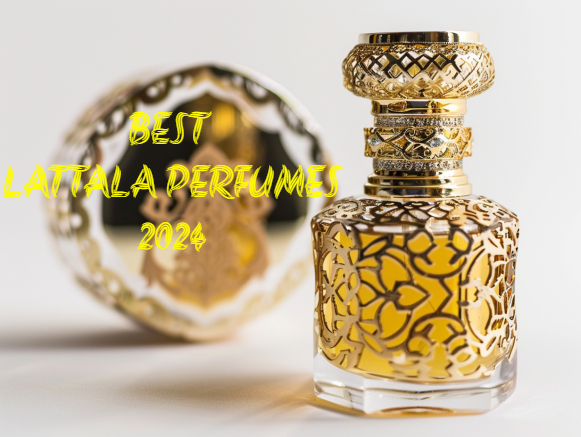
Top 10 Best Lattafa Perfumes for Women & Men in 2024
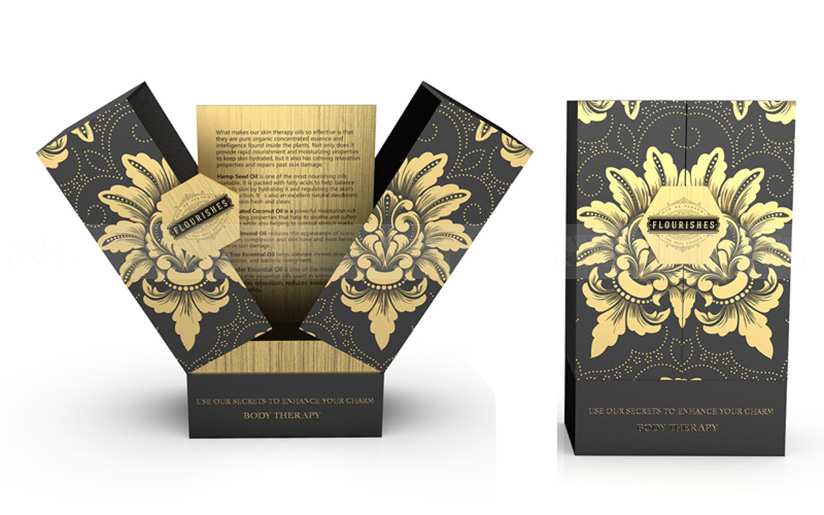


 kali@luxury-paper-box.com
kali@luxury-paper-box.com
